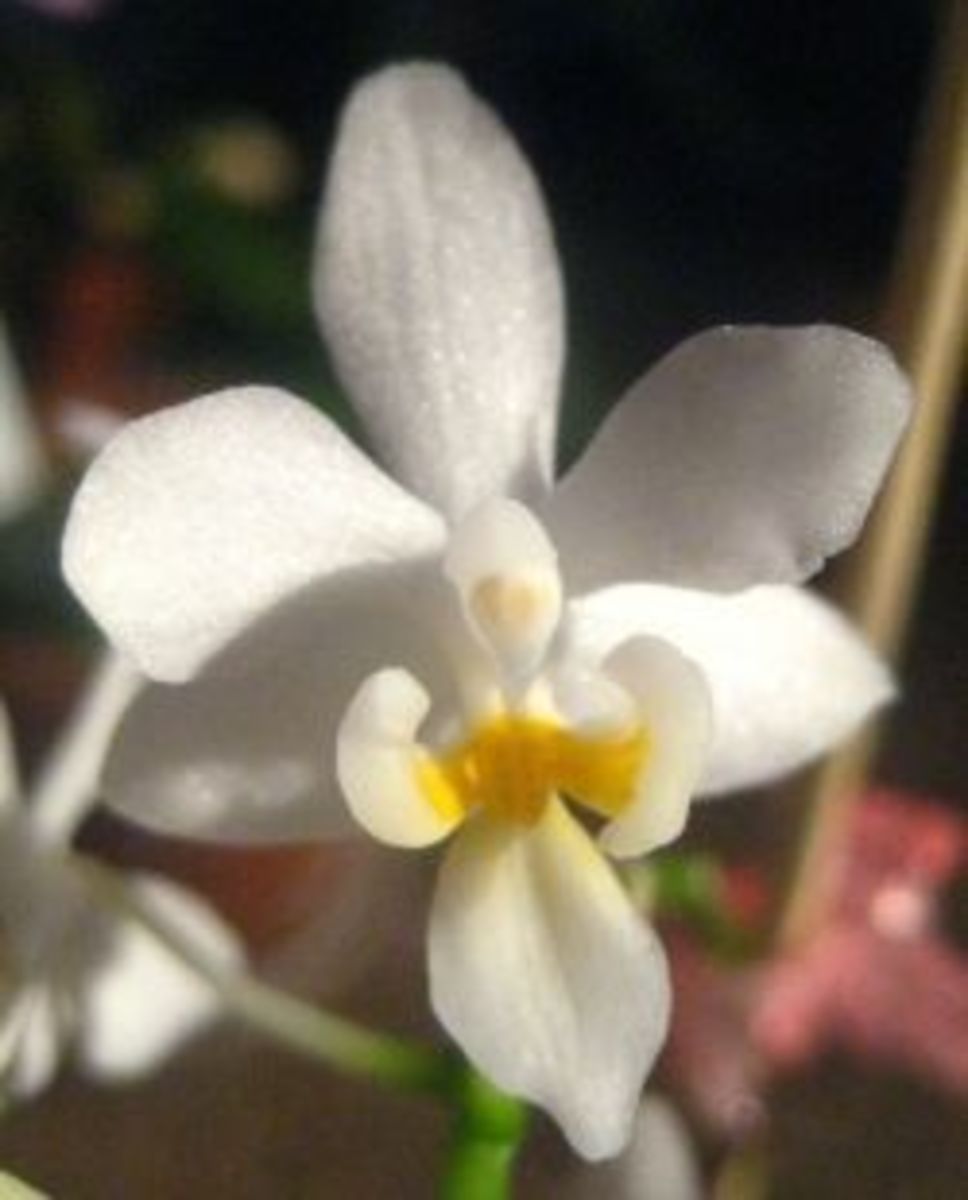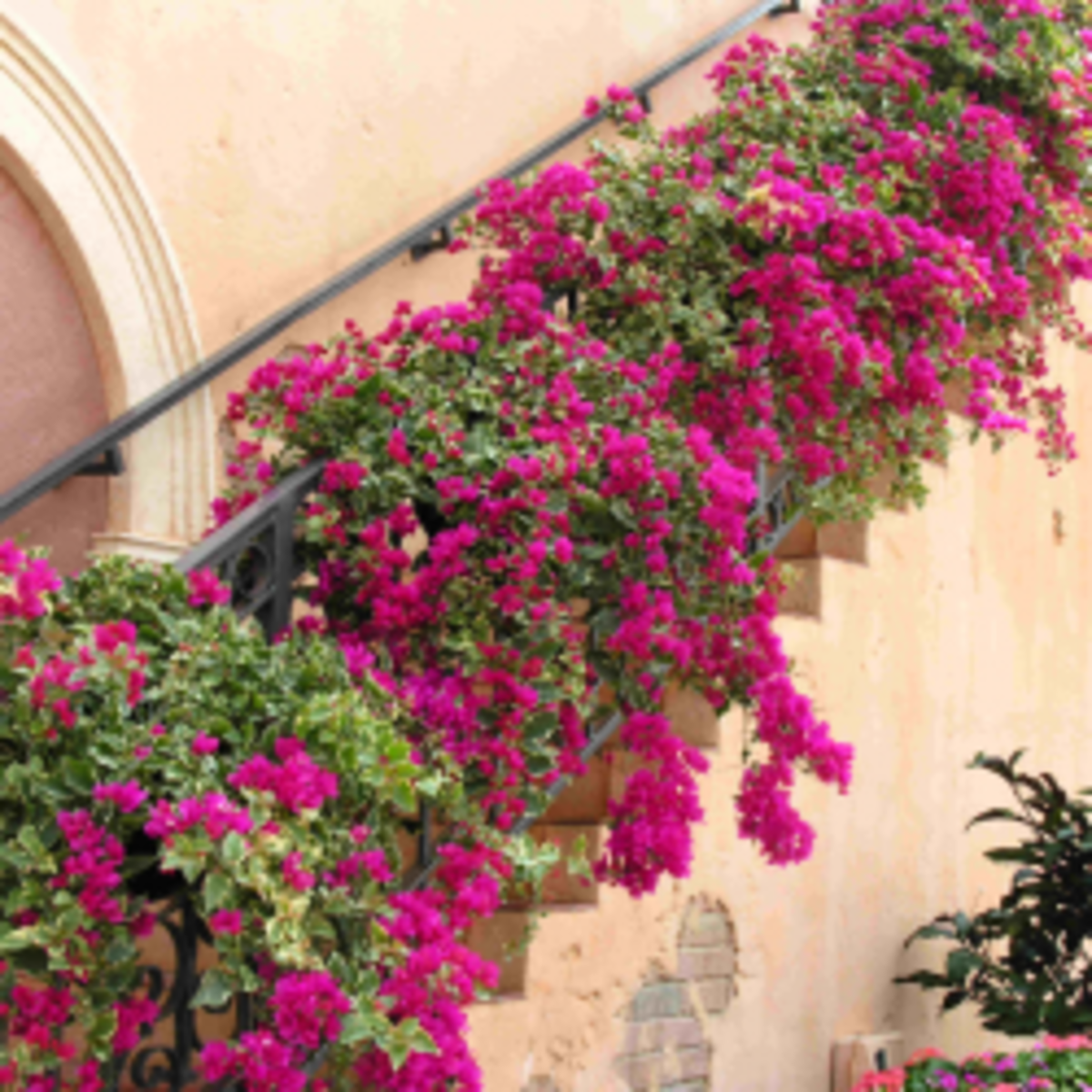A One World Seed Bank Vault
These days it isn't just conspiracy theory alarmists busy watching and worrying about the banking industry, both at a community level and at a global level -- we all are. On the extreme end, part of that discussion is revolving around the possibility, that we might be in danger of putting all of our eggs in the proverbial “one bank” basket.
That's too much for me, I'm just more anxious about local banks closing left and right, under the guise of name change mergers that fool no one. Just like everyone else, I’m nervous about that -- but not as much as I am troubled about a different kind of bank -- I don’t want all of my “seeds” to just end up in a handful of one world seed banks.
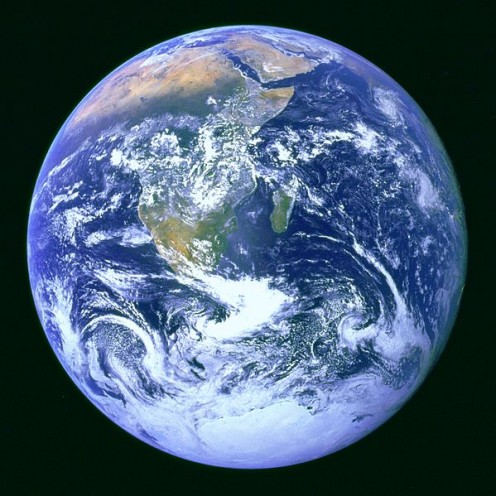
They Who Own the Seeds Own The World
Right now that are about fourteen hundred (some sources say only one thousand) seed banks scattered around the world. Many of them are at high risk of being lost, especially those in Iraq, Afghanistan, and in parts of Africa. Still others are at risk, because of the global financial crisis and funding issues.
Without seeds, we could fine ourselves in a situation without food, or with someone deciding who gets food first, or at all. It's just that simple.
Supposedly, without seed banks -- agriculture’s reliance on collections of crop species and their wild relatives would cause global agriculture to fail massively. I find that hard to imagine. Yet, just during the genocide of 1994 in Rwanda, many unique wild and native agricultural plant species were wiped out. Even worse, the seed banks in Rwanda were also destroyed. So, the concept of having central locations of world seed banks, in remote areas, seems logical in that context.
Let's take a look at a couple of the world's more famous seed banks --
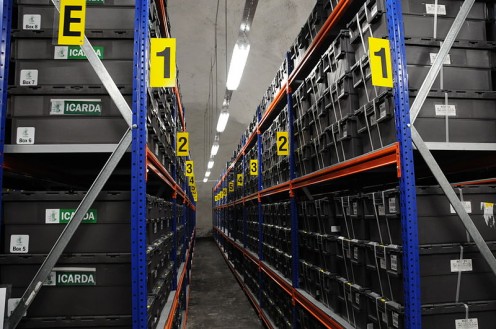
Svalbard International Seed Vault
The newest more well-known seed bank is Svalbard International Seed Vault. In a joint massive project, Global Crop Diversity Trust and the Norwegian government want to be the world's seed protection heroes. The Svalbard International Seed Vault’s intent, is to be a safety-net for global crops should a major disaster strike any place on the plant, providing the means to re-establish native wild plants and agricultural crops. It’s located on the Svalbard peninsula, in a remote rock and permafrost area of Arctic ice.
The mindset of the Norwegian agricultural minister, is that they have the answer for the rest of the world. It’s a noble concept in theory -- safeguarding future food supplies by housing seed samples from every country in the world in a place remote enough and cold enough to not be as endangered as other such endeavors. In the event of a worldwide cataclysm (such as nuclear war, natural disasters, etc), crop diversity could be protected there, eliminating the worry about plant extinctions.
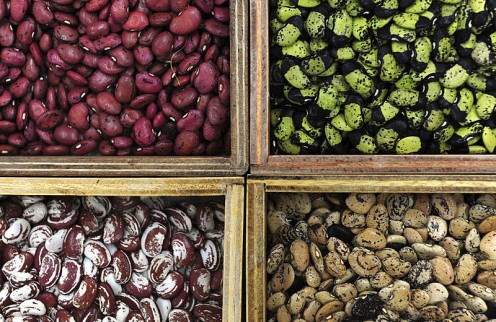
Millennium Seed Bank Project (MSBP)
This ambitious seed bank project is near to having preserved ten percent of the world’s wild plant species. Their project places a focus on the rarest, most dying out, and most valuable species of plants and trees known world-wide. Ahead of their times, they began the foundation of the Millennium Seed Bank Project (MSBP), located in Welcome Trust Millennium Building, at Wakehurst Place, in Sussex.
With Noah’s Ark-like ambitions, they expect to have nearly twenty-five thousand seeds varieties and herbarium collections from plant species worldwide. They are pursuing a wide network of both partnerships and networks, with like-minded seed banks in order to achieve their large-scale goals. They've achieved some impressive results with their seed banks that are important to all of mankind. However, their current funding situation could severely hamper the race to save the world's seeds. A billion and a half seeds in storage, may seem like a lot, but in terms of saving the world from itself -- it's not enough in light of climate changes accelerating.
While they get most of their funding from Britain's national lottery, they depend heavily on governmental, corporate, and individual sponsors too. Right now they are in need of over fifteen million dollars a year for the next ten years to sustain what they do. If you think, it's current efforts doesn't apply to us in America, and elsewhere in the world -- think again. They are the scientists who are helping to restore native prairie grass in America's heartland, and a tropical forest in Madagascar.
Cultural Resistance to Seed Banks
Some countries are taking a dim view of seed banks outside their borders. They have a thanks, but no thanks attitude, and in some ways you can't blame them. Nobody wants someone from across the world, to tell them what they can or cannot do, nor do they want them in charge of something so vital as their native species.
Then, there's the politics of such decisions. Brazil for instance, is totally unwilling to send it's seeds out-of-the country. Compromise, for them, has come to two seed banks inside Brazil, while being monitored by Millennium Seed Bank experts, in terms of scientific controls.
Which brings me, to the whole TRIPS trade agreement controversy when it comes to seeds. Under this World Trade Organization agreement, seeds are somehow "intellectual property." in 1994. This opens up a whole can of worms in terms -, farmer's rights, and health and pharmaceuticals rights. The ownership of seeds is a huge issue, that flies under the radar of most of us.
In my mind the biggest part of the problem, in many ways, is a farmer’s right to be able to conserve, save, exchange, share, and market their seed and plant varieties -- which far eclipses the right for others to “own” their seeds and force farmers to “buy” them.
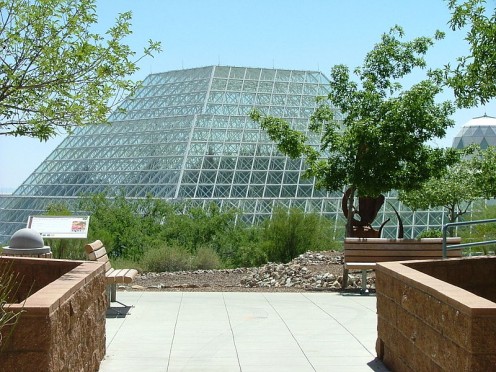
The Future of Seeds
When I think about the future of the world's seeds, seed banks, and all the potential unknowns that could happen, I have some personal concerns. I guess for me, I keep remembering about a past visit to Biosphere 2, near Tucson, Arizona.
About twenty years ago, this two million dollar big idea, was built in part to delve into the use of biospheres for space exploration, and to study biosphere life systems on Earth, without harming earth. It had it all -- a rain forest, an ocean with a coral reef, mangroves, glass lands, desert, and a sophisticated agricultural system.
While not a seed bank, their failed experimentation ended up being sold last year to a residential home builder for $50 million dollars. Their biosphere itself, became just a tourist attraction, that doesn't really make the hit parade list in terms of attractions of interest for most people. Sure, there are lots of senior citizens like myself, that are curious enough to visit, and some locals who make the trek. It's one of those places you go once, and decide once was enough, even though it's pleasant.
For those in the community who care, there is fear that the famous glass terrarium, will eventually become the victim of a bulldozing. Last I heard, they have a reprieve on that possible reality for a few years, when the University of Arizona stepped up to take over the Biosphere 2, at least for a few years. . However, I’m certain the reality of today’s global financial crisis, this may have or may in the future, nix or severely hamper, the needed University monies need sustain glass houses.
One of the things that led to it's downfall, is that the structure through lack of adequate funding, fell into a minor amount of neglect and became no longer airtight. Another problem were the management of the various projects, in-house squabbles, etc.
From the beginning this gallant and innovative science based initiative was exciting. However, soon it began to fall apart. In the first year it had only eight very hungry scientists, as they could not get all crops to grow well in the structure. They lived on bananas, sweet potatoes, and peanuts. Things got so bad in future projects that some of the participants deliberately compromised the project by opening all doors and fisticuffs broke out. In the end, the whole scientific project was dissolved. In other words, human factors played a big role in it’s failure to achieve when the whole concept should have been a good thing and a success.
So, when I look behind the glossy picture of seed banks, it's the human factor that worries me. To me, it's similar to Biosphere 2, with all the potential of the human factor to dooming good intentions. Global financial crisis could cut governmental and corporate fundings of such projects, as is stressing the project under the Royal Botanical Gardens at Kew. This in turn, could mean the loss of even more plant species, in a time when we are running out-of-time, in terms of collecting seeds -- before disaster strikes, or human encroachment of wild plant species dooms them to extinction.
It isn't just about food, it's also about a greater potential loss to mankind in terms of potential undiscovered medicines and cures. Think about the rosy periwinkle (from Madagascar), and it's role in reducing childhood leukemia. Twenty years ago, no one knew that this one plant species would help with this dreaded disease. Losing wild plant species can
In a previous hub, I talked a little bit about a little known fact, that in the world of biodiversity, when it comes to saving plants and trees from extinction -- we have failed miserably. Just in terms of vegetables alone, as a broad category of plant species -- we have lost 97% of all vegetable diversity crops in the world, in the last eighty years. If that doesn't scare you -- it should.
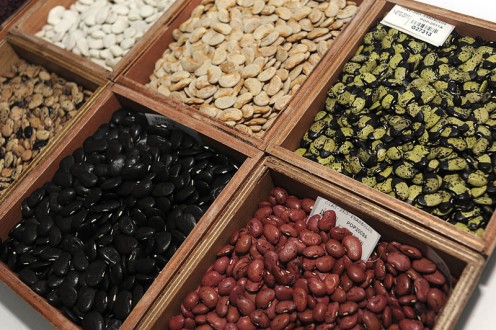
Biosphere 2 - Our World
World Seed Facts
- It costs about $3,000 per plant species to save them
- Eighty percent of the world's plant species have not been screened for possible medical uses
- As the world's habitat is being destroyed daily, whole many plant species are becoming extinct
Danger Zone
Make no mistake, seed banks are absolutely a needed entity, a necessary savior or potential evil, if you like (only time will tell). Not only do they protect endangered wild plant species, but they also are vital to the development of new crop varieties, protection against disasters, development of medicines, and a whole host of other things.
Now, despite supporting the concept of seed banks, I will admit that I'm a bit of a control freak at times, but in this case -- I'm just not willing to put all of my seeds in the hands of others, and this includes seed banks.
There was a time here in this country when saving seeds was as natural as growing your own food. In my life-time, that is no longer the case. Seed banks are good and necessary, but I think we as individuals need to do more -- those of us who can, should save seed and grow from our saved seeds, rather than purchase genetically altered seed from stores. Of course, this is just my opinion -- and I have written about all of this, because simply I want more people to be aware and thinking about the ownership of seed, and it's implications.
Seed Banks and Suicide Farmers
The Right to Save Seed
Becoming A Seed Saver
In the 19th century, the United States had 7,100 varieties of apples alone. Today, we only have 300 types of apples left. For me, that fact alone makes me a seed saver.
Seeds are one of the planet’s most vital resources. The clock’s ticking away -- what are you willing to lose?
The Process of Saving Seeds in a Seed Bank
- Upon arrival seeds are unpacked and checked for condition.
- Seeds are then placed to dry in the drying room.
- Seeds are carefully cleaned and their identification and native location verified.
- Seeds are dried a second time.
- Seeds are placed in the seed bank in sub-zero temperatures
Remember that all seeds have an optimum viability time line. Much like a “use by” date on grocery shelf items, when the seeds reach that time, they are grown out to collect new seeds from the parent plant.
If You'd Like to Know More!
- DOI: BLM: National Home Page
- Lady Bird Johnson Wildflower Center - The University of Texas at Austin
- New England Wild Flower Society New England Wild Flower Society
- North Carolina Botanical Garden - A Conservation Garden
North Carolina Botanical Garden, Chapel HIll, NC (919 962 0522) - Royal Botanic Gardens, Kew: Visitor Information for Wakehurst Place
- Welcome to the Chicago Botanic Garden\'s Seeds of Success Website!
Chicago Botanic Garden Seeds of Success


